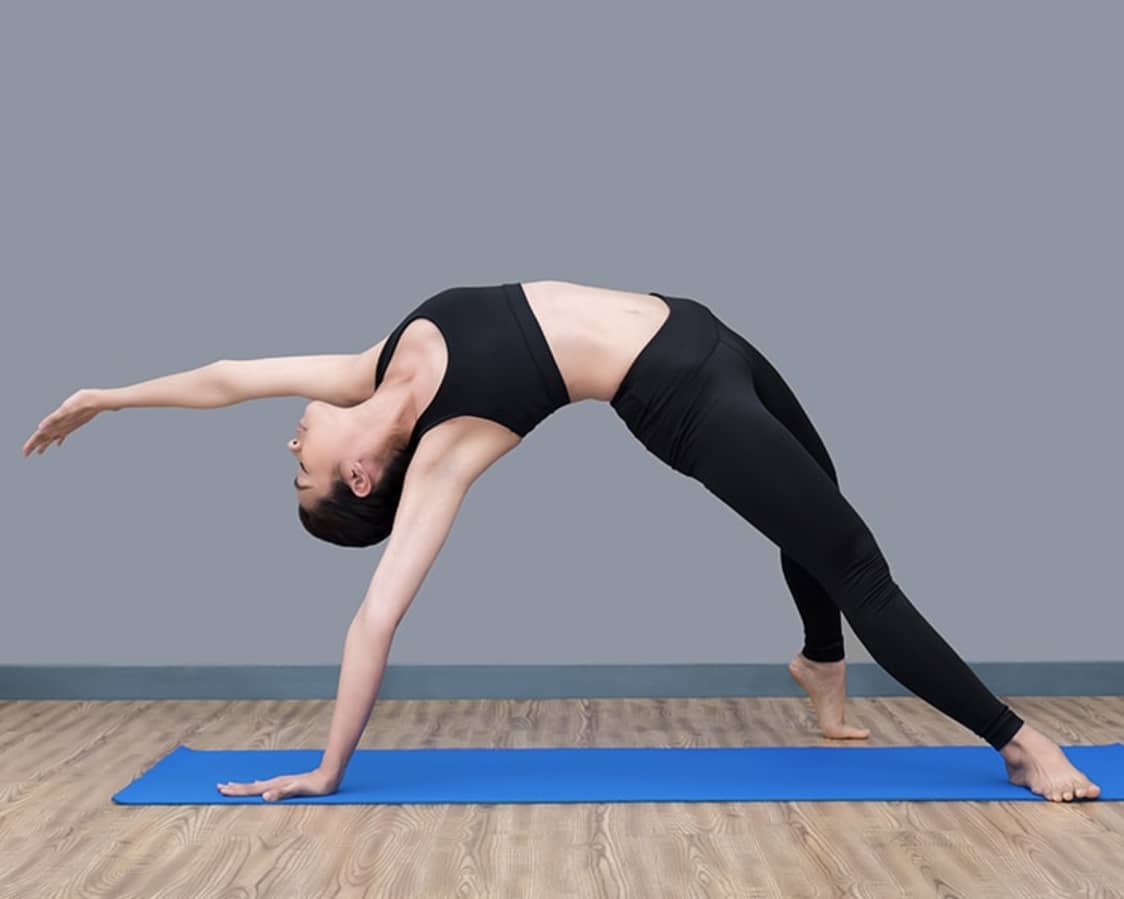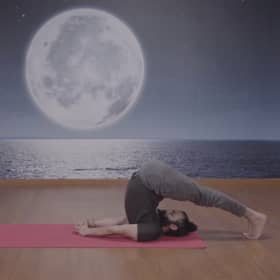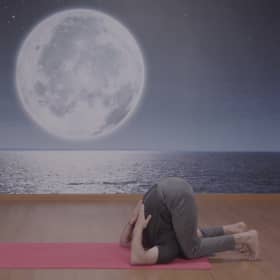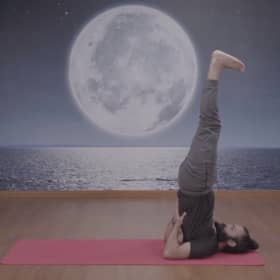
About this pack
3 Videos
What to expect from Inversions?
About Halasana:
Other yoga asanas:
The other two types of yogasana that we have for you are Karnapeedasana that helps stimulate the thyroid gland and improves digestion while the other yoga posture is Padma Sarvangasana more popularly known as the shoulder stand that improves blood circulation and can calm your nerves and help cure depression.
How to perform these asanas:
You can hold the final poses in both the asanas for about 30 seconds for maximum effect. It’s important to take your time when you do these asanas and not rush through them. These movements, although a little challenging at first, through regular practise will become quite easy. So, keep up your practise of these yoga asanas and your body will definitely reap the benefits.
What are yoga inversions?
Inversion yoga poses or inverted asanas are defined as any asanas in which the head is positioned below the heart. These inversions asanas, an integral part of standing yoga poses, bring your hips higher than the heart and the heart higher than your head. Unknowingly, you have been doing yoga inversions even during the Surya Namaskar.
How effectively can we do inversion yoga poses at home?
The beauty of inversion yoga poses lies in the fact that it can be done anywhere, even in your living room! Here are some tips to do inverted asanas at home: For beginners, inversion yoga poses should start from the milder versions to avoid injuries. Since the body needs to be positioned upside down, it may lead to injuries if you are not careful. It is best to be guided by an instructor or through video or audio apps while practicing inverted yoga asanas at home. You need a well-lit, airy and open space in your home. The spot that you choose for inversion yoga poses at home should be peaceful and free from distractions.
Who can do inversion yoga poses?
Inversion yoga poses can be done by anyone with the basic levels of fitness irrespective of age and gender except people with: Hypertension Eye and ear problems History of back and neck injuries Menstruating women Pregnant women
What is the list of best inversion yoga poses?
Here is a list of the best inversion yoga poses: The downward dog The Dolphin nose Headstand
Inversion yoga poses explained
Here is a step-by-step explanation of some of the most popular inverted yoga poses: The downward dog: Get on all fours for this inverted asana. Bow and place your head down and point your hips upwards. Place your feet flat on the ground. Hold for 5-8 breaths and release the pose. The Dolphin nose: Get on all fours and lower your elbows so that they are lined with your wrists. Slowly raise your hips and back. Align your ears with your upper arms and gaze between towards your navel. Hold for 5-8 breaths and release the pose. Headstand: Get in the Dolphin pose. Intertwine your hands together and make a fist. Slowly bring your head between your wrists. Use your forearms and wrists to raise your shoulder above the ears. Hold for 5-8 breaths and release the pose.
What are the benefits of doing inversion yoga poses?
It is said that yoga without inversion yoga poses is incomplete. Inverted yoga asanas help us see things from an alternate perspective and guide our energies towards the heart centre. Here are inversion asanas benefits: Inverted yoga poses strengthen the arms, back, wrists, and the core abdominal muscles. As against sitting yoga poses, inversions asanas bring blood to your heart, brain, and face. This helps in improving blood circulation and neurological functioning. Inverted yoga poses help the lymphatic system in draining the toxins, excess proteins, and bacteria. They help in relieving swollen feet and ankles.
What are the disadvantages of doing inversion yoga poses?
There are no disadvantages of inversion yoga poses but only risks that arise because of not following the guidelines and proper posturing like: Back pain Strained neck Injuries to the wrist, shoulders, and elbows Pulls and tears in the ligaments
What are the dos and don’ts for inversion yoga poses?
Here are some tips for beginners’ inversion yoga poses: Do’s: Try practicing these poses with an instructor before performing them alone. Be gentle with yourself and have 100 % focus. Don’ts: Never do these poses after eating to avoid acid reflux. Don’t make adjustments while you are in the headstand. Come down and adjust again.
Top Searches
Weight Loss Exercise | Six Pack Abs | Cardio Exercises | HIIT Workout | Belly Fat Exercises | Exercise For Kids | Lean Muscle | Hrx Workout | Handstand Push Up | Online Yoga Classes | Gym Near Me | Online Fitness Trainer | How To Increase Stamina | Exercise for Beginners | Pilates Workout | Oblique Exercises | Dumbbell Exercises | Thigh Exercises | Abs Workout | Butt Exercises
Dentist Near Me | Gynaecologist Near Me | Dermatologist Near Me | Endocrinologist Near Me | Pulmonologist Near Me | Cardiologist Near Me | Orthopedist Doctor Near Me | Thyroid Test | Pregnancy Test | Full Body Checkup | Kidney Function Test | Therapist Near Me | Online Counselling | Physiotherapist Near Me




